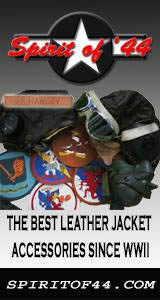Henschel Hs 129

The Henschel Hs 129 was a World War II ground-attack aircraft fielded by the German Luftwaffe. The aircraft saw
combat in Tunisia and on the Eastern Front.
A key requirement of the original specification was that the aircraft be powered by engines that were not in
demand for other designs. This limited it to low-power engines, with most models using a 700 horsepower (520 kW)
French engine. In spite of being very small and relatively light, the design was generally underpowered.
Attempts to fit more powerful engines, both German and Italian, were thwarted for a variety of reasons.
The design was relatively effective when it was first introduced, and saw service on the Eastern Front in a
variety of front-line roles. As the war continued and anti-tank support became the main goal, the aircraft
was continually up-gunned, eventually mounting a 75 mm gun in the anti-tank role that left the plane barely
flyable. Only a small number of these B-3 models were produced, late in the war.


Sources:
Gunston, Bill - The Encyclodepia of the Worlds Combat aircraft, 1976, Chartwell Books, Inc., New York
Brown, Eric, Captain - Wings of the Luftwaffe , 1979, Airlife Publishing Ltd., Shrewsbury
, 1979, Airlife Publishing Ltd., Shrewsbury
Gunston, Bill & Wood, Tony - Hitler's Luftwaffe , 1977, Salamander
Books Ltd., London
, 1977, Salamander
Books Ltd., London
Donald, David - The Complete Encyclopedia Of World Aircraft, 1997, Brown Packaging Books Ltd., London
Wikipedia - Henschel Hs 129
Gunston, Bill - The Encyclodepia of the Worlds Combat aircraft, 1976, Chartwell Books, Inc., New York
Brown, Eric, Captain - Wings of the Luftwaffe
Gunston, Bill & Wood, Tony - Hitler's Luftwaffe
Donald, David - The Complete Encyclopedia Of World Aircraft, 1997, Brown Packaging Books Ltd., London
Wikipedia - Henschel Hs 129






